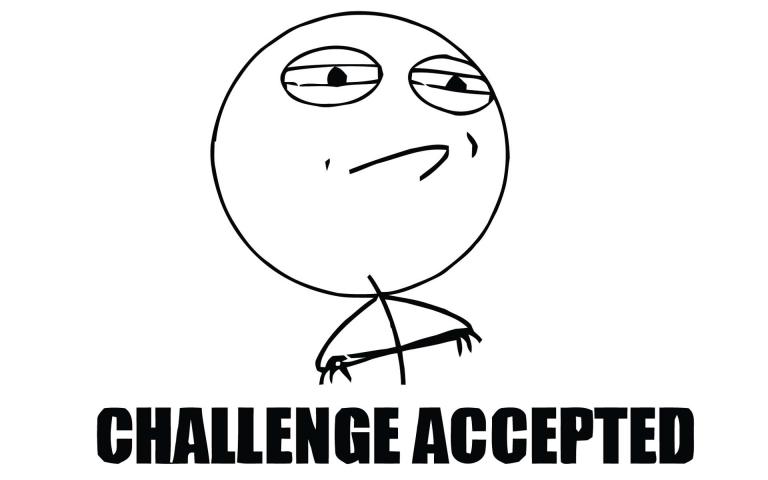Some of you made the mistake of demanding an article on one of my favorite topics.

Cutting to the chase
As a young programmer, I heard about DP from contests. Searched it on Google. Urban Dictionary gave unsatisfying results. Then I searched for Dynamic Programming on Wiki and found that:
"dynamic programming is a method for solving a complex problem by breaking it down into a collection of simpler subproblems, solving each of those subproblems just once, and storing their solutions — ideally, using a memory-based data structure"
Sounds pretty general, huh? Let's get there step by step.
Lights, camera, action
Breaking a problem into subproblems does not seem as obvious as there are many many ways to look at it. You can imagine this as a setting for some action. The setting can be really everything: a house, a string, a graph and so on. At each moment some actions happens. If the actions are limited we can have an overview of them and represent them somehow.
We call the representation of a setting at some moment a state. For short you can regard the whole thing as a film: more frames one after the other that are bound. The frames are the states and we need to figure out what to store and how to get from start to end. In some sense you are a director and make a film in each problem. (Of course, you have budget and deadline, but we'll get there latter) Now let's put on our first film:
An Unexpected Journey
The "world" will be New Zealand. But to be fair, we'll call it just "The Shire" and we'll represent it as 2D matrix:
+--+--+--+--+
| | | | |
+--+--+--+--+
| | | | |
+--+--+--+--+
| | | | |
+--+--+--+--+
| | | | |
+--+--+--+--+
Now let's add some inhabitants. Call them Bilbo and Gollum. Now they are placed in this world:
+--+--+--+--+
| G| | | |
+--+--+--+--+
| | |B | |
+--+--+--+--+
| | | | |
+--+--+--+--+
| | | | |
+--+--+--+--+
So far so good. Now we need a sensible representation of those two and other possible inhabitants. In this scenario the coordinates would be fair enough. Therefore we have B(2, 3) and G(1, 1).
1 2 3 4
+--+--+--+--+
1 | G| | | |
+--+--+--+--+
2 | | |B | |
+--+--+--+--+
3 | | | | |
+--+--+--+--+
4 | | | | |
+--+--+--+--+
Conclusion
- Establish the environment (The Shire)






